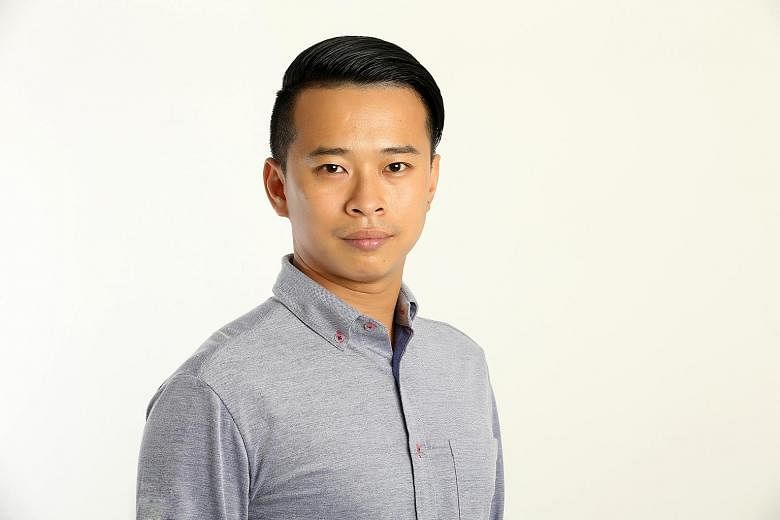The secondary school posting results will be released on Thursday and there will be cheers and tears in equal measure.
Similarly, the S-League is set to move into a new era and some clubs will be more pleased than others about how they have fared.
Just as the PSLE is not a sure way of determining a child's destiny, a single season will not define Singapore football's success decades down the road.
But it is important in both cases to learn their lessons and improve for a brighter future.
You don't become a two-time valedictorian by chance, and the Football Association of Singapore (FAS) and local clubs must study Albirex Niigata closely, a model of consistency with their double-quadruple.
We are not just talking about most goals scored (92, 21 more than Home United) and least conceded (21, 18 fewer than Tampines Rovers and Home) in all domestic competitions, or most passes per game (497, 18 more than Tampines) and highest pass completion rate (83 per cent, one percentage point better than the Stags) in the league as they swept the Community Shield, The New Paper League Cup, S-League and RHB Singapore Cup for a second year running.
For the record, the second-youngest S-League team - Albirex's average age is just under 23, older than only the Garena Young Lions (20.2) - were also the most well-behaved with just three red cards and 11 yellows in 24 league games, according to the S-League website. Hence, they picked up the Fair Play Award as well.
But Albirex did not always score top marks.
When they joined the S-League in 2004, they were like the foreign exchange student who could never quite fit in as they finished between fifth and eighth in their first seven seasons.
According to their chairman Daisuke Korenaga, they were losing 40 million yen (S$479,000) annually before he took over in 2008.
He said: "After I took over, I had to cut costs, find sponsors, change the mindset of our staff. Now we have a budget eight times more than what it was in 2007, it's stable and we make a little profit each season."
In other words, they spotted their mistakes and kept revising - their formula, that is - until they made it work.
Dropouts like Tanjong Pagar United and Gombak United, please take note.
Football-wise, it is clear that the White Swans did their homework.
Even after losing the previous season's S-League Player of the Year and club top scorer Atsushi Kawata, they simply went out to sign a better poacher in 31-goal Tsubasa Sano.
It is a process they go through every year. They put in the hard yards in terms of scouting and unearthing raw gems across Japan instead of splashing the cash on old or injury-prone former stars.
Korenaga is already back in Japan to handpick his next wedge of White Swans.
The age quotas have hit them the hardest as they have to sign eight Under-21 players, eight U-23 players and one player of any age.
But you don't hear Albirex complaining. Vice-chairman Koh Mui Tee said: "We don't feel that we are being blocked from winning again. We have to work within the rules - everyone knows that FAS wants change and we are fully supportive of these changes."
With accommodation provided, Albirex players earn an average monthly salary of around $3,000, much less than what local starlets are asking for to play abroad despite Singapore and Japan's not-too-different cost of living and disparity in football standards.
Yet, compared to most of their Singaporean counterparts, the Japanese eat, train, rest, and perform better; Sano won the Golden Boot and Kento Nagasaki was Player of the Year.
As the S-League lowers its import quota to two per club, and with the budget cut not as deep as initially feared, local clubs should be able to sign affordable but quality imports like Stipe Plazibat, who was introduced to the S-League by Hougang United last year.
Albirex even have time to excel in extra-curricular activities, as five years of partnership with the Yuhua Community Sports Club have yielded a football academy and almost $100,000 in donations to the CSC.
Good family support has also seen the Japanese side attract an average of 1,800 fans to their home games at the Jurong East Stadium, a healthy attendance by local standards.
A true all-rounder, Albirex now want to help their class improve as a whole. Korenaga has stated his plans to localise his club and "have Singaporean players whom we can help groom for the national team".
It is akin to free tuition, and they will start by adopting two local youngsters for next season.
One who aces eight tests in two years must be doing something, or most things, right.
There is much to learn from the top student they brought in, and the least the FAS and the local clubs can do is to pay attention.


